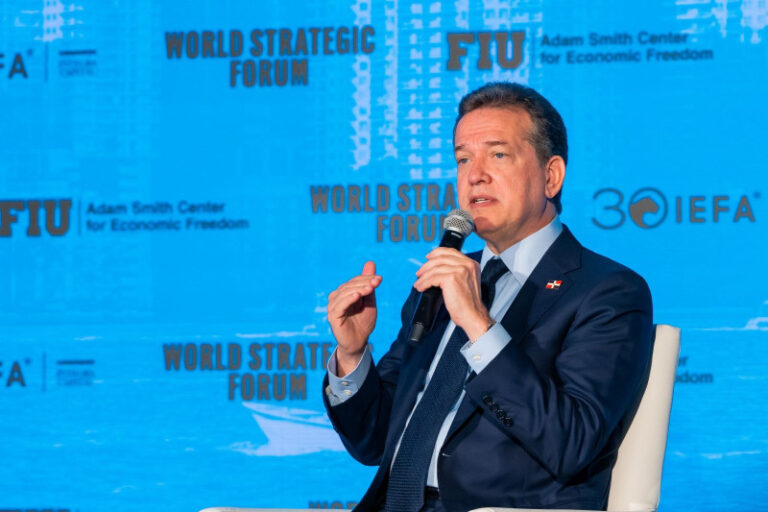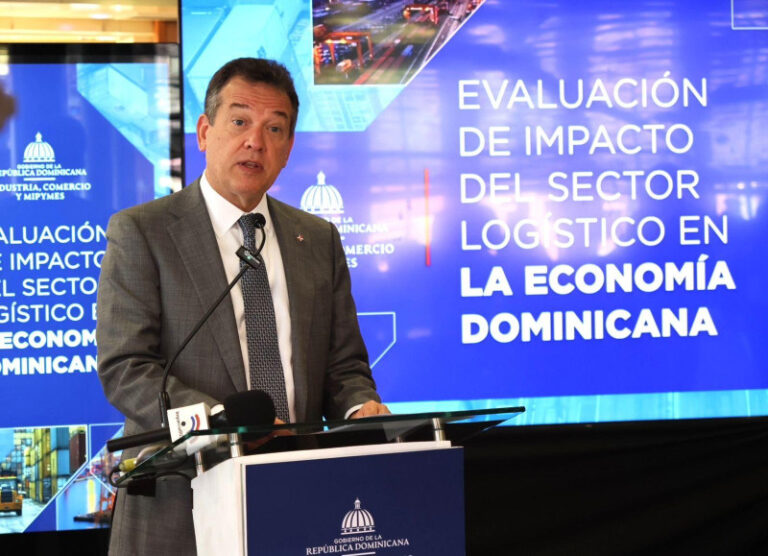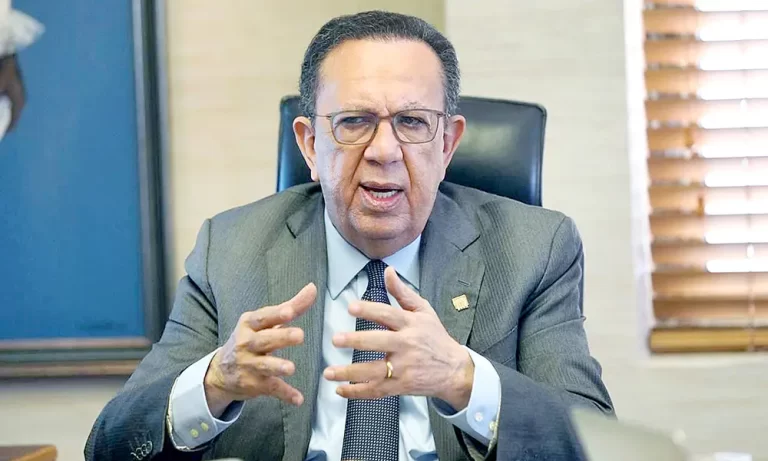Cada país es diferente y en América Latina queda demostrado. En la búsqueda de información relacionada con la inflación se han encontrado naciones como Venezuela, con una inflación de 1,698,844.2%, hasta Ecuador, con una inflación casi imperceptible de un 0.27%.
Sobre el caso de Venezuela se ha escrito en innumerables ocasiones por la grave crisis económica que atraviesa, sumada a inestabilidad política, y que ha provocado que los precios se dupliquen, en promedio, cada 19 días. De acuerdo con el Fondo Monetario Internacional (FMI), la inflación podría alcanzar hasta 10,000,000% para finales de este 2019.
En el otro extremo se encuentra Ecuador, que terminó el año con el costo de la Canasta Familiar Básica (CFB) en US$715.16, mientras que el ingreso familiar mensual de un hogar fue de US$720.53, que representa el 100.75% del costo de la canasta.
El informe del Instituto Nacional de Estadística y Censos (INEC) refiere que las tres divisiones que más incidieron en la inflación mensual de diciembre fueron: recreación y cultura (0.0533%); transporte (0.0390%); y bienes y servicios diversos (0.0263%).
El Salvador es el segundo con menor inflación entre los países de América Latina que reportaron su Índice de Precios al Consumidor (IPC) del año pasado. Ese país terminó diciembre con una inflación de 0.43%.
Fuente: El Dinero [:en]
Last year, the increase in inflation in Venezuela was 1,698,844.2% due to the crisis Dominican Republic registered the lowest inflation of the last 34 years.
Each country is different and Latin America is a prime example. In the search for information related to inflation, nations such as Venezuela have been found with an inflation of 1,698,844.2% while Ecuador has an almost imperceptible inflation of 0.27%.
Innumerable articles have been written about the case of Venezuela due to the serious economic crisis it is going through, in addition to political instability, which has caused prices to double on average every 19 days. According to the International Monetary Fund (IMF), inflation could reach up to 10,000,000% by the end of this 2019.
At the other extreme is Ecuador, which ended the year with the cost of the Basic Family Grocery Basket at US$ 715.16, while the monthly household income was US$ 720.53, equivalent to 100.75% of the cost of the basket.
The National Institute of Statistics and Census report states that the three divisions that had the greatest impact on monthly inflation in December were: recreation and culture (0.0533%); transportation (0.0390%); and diverse goods and services (0.0263%).
El Salvador has the second lowest inflation rate among the Latin American countries that reported their Consumer Price Index (CPI) last year. That country ended December with an inflation rate of 0.43%.
Next is the Dominican Republic, with an inflation rate of 1.17%, the lowest recorded in the last 34 years. In December, a -0.22% variation of the CPI was registered with respect to November due to the fall in fuel prices, as a result of the drop in international oil prices.
According to the Central Bank report, the results of the general CPI by groups of goods and services in December 2018 show reductions in transportation (-1.80%) and housing (-1.45%).
Ecuador and El Salvador are dollarized countries, so their economy depends to a great extent on the United States, whose inflation closed 2018 at 1.9%.
This means that the inflation in the Dominican Republic last year closed below in comparison to the United States and at the level of the dollarized economies of Latin America, second only to Panama, which closed with 1.5% inflation.
High inflation
After Venezuela, but way down the scale, at 7.96% Uruguay has the second highest inflation rate. The sectors that experienced a more significant fall in their prices were health (-3.79%), peppers (-28.45%), housing (-2.88%), sugar (-5.21%) and ice cream (-2.52%).
The items that saw a more significant increase in their prices included sirloin strip (2.54%), oranges (3.47%), strawberries (8.73%), apples (9.80%), tomatoes (10.67%), sweet potatoes (5.35%) and potatoes (2.84%), according to data released by the National Institute of Statistics (INE).
Meanwhile, Mexico closed 2018 with an inflation of 4.83%. Within the subgroup of underlying goods and services, commodities registered an annual growth rate of 3.92% and services a 3.47%.
The National Institute of Statistics and Geography (Inegi) reported that that country´s annual rate of non-core assets was 8.40%, the result of a 7.06% increase in agriculture and livestock and 9.10% in energy,
The basic grocery basket price index, which includes a hundred popular widely consumed products, increased 0.14% in December, showing an annual accumulated of 5.56%.
Increase in food
In the Dominican Republic, the food and non-alcoholic beverages group index registered a variation of 0.66% in December due to the increases that occurred in the prices of fresh chicken (7.49%), green plantains (3.15%), potatoes (4.96%). %), avocados (3.64%), ripe plantain (3.42%), chicken meat (3.83%) and brown sugar (0.96%).
In addition, the Central Bank clarified that other food items experienced price reductions, such as cassava (-8.86%), green pigeon peas (-8.89%), garlic (-2.81%), lettuce (-7.83%), partially attenuating food group inflation.
Source: El Dinero[:]





